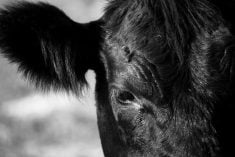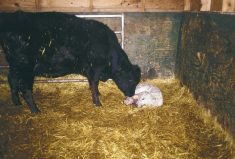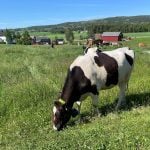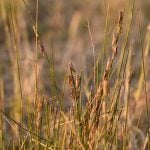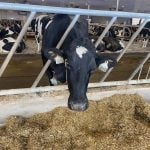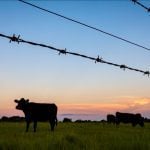Debacle is not a word I use much. It’s too harsh, especially when describing disease. Debacle denotes a “violent collapse” or “a fiasco.” However, I’m convinced — based on what I read about what consumed Calgary daycares — that debacle best describes what’s going on across town in one of Canada’s most modern cities, with some of the best healthcare facilities, and a medical college with access to teams of epidemiologists. I hope the crew in Public Health and across the medical field are leaning on colleagues in veterinary medicine to help sort the mess out. Veterinarians are well equipped to deal with E. coli. The complicated, long, sad story will involve animal life somewhere in the investigation.
Personally, the E. coli nightmare is a de-ja vu story. Twenty years ago, we came close to losing a granddaughter who contracted E. coli O157:H7. The source: a one-half square inch of Gouda cheese handed out as a sample at a well-known weekend market in Edmonton by a family dairy that processed Gouda cheese from unpasteurized milk. After seeing Genoa three times that day, and at my insistence, a young resident in an emergency ward looked at E. coli as a potential cause of Genoa’s severe cramps and diarrhea. Long story short: Genoa spent five days receiving whole blood and narrowly dodged kidney dialysis. Her mother also contracted the infection as did two other young patients who developed HUS (hemolytic uremic syndrome). The dairy farm went out of the cheese business after several cows were found to be shedding E. coli O157:H7. No one died.
Escherichia coli is a rod-shaped Gram-negative bacterium that inhabits the gut of warm-blooded animals. The bacteria are ubiquitous and generally harmless. E. coli’s hardiness, versatility and ease of handling have made it the most intensively studied and best- understood organism on the planet. Research made the bacteria a model organism. The bacteria are widely used as experimental workhorses for DNA manipulation and protein production, such as insulin.
Read Also
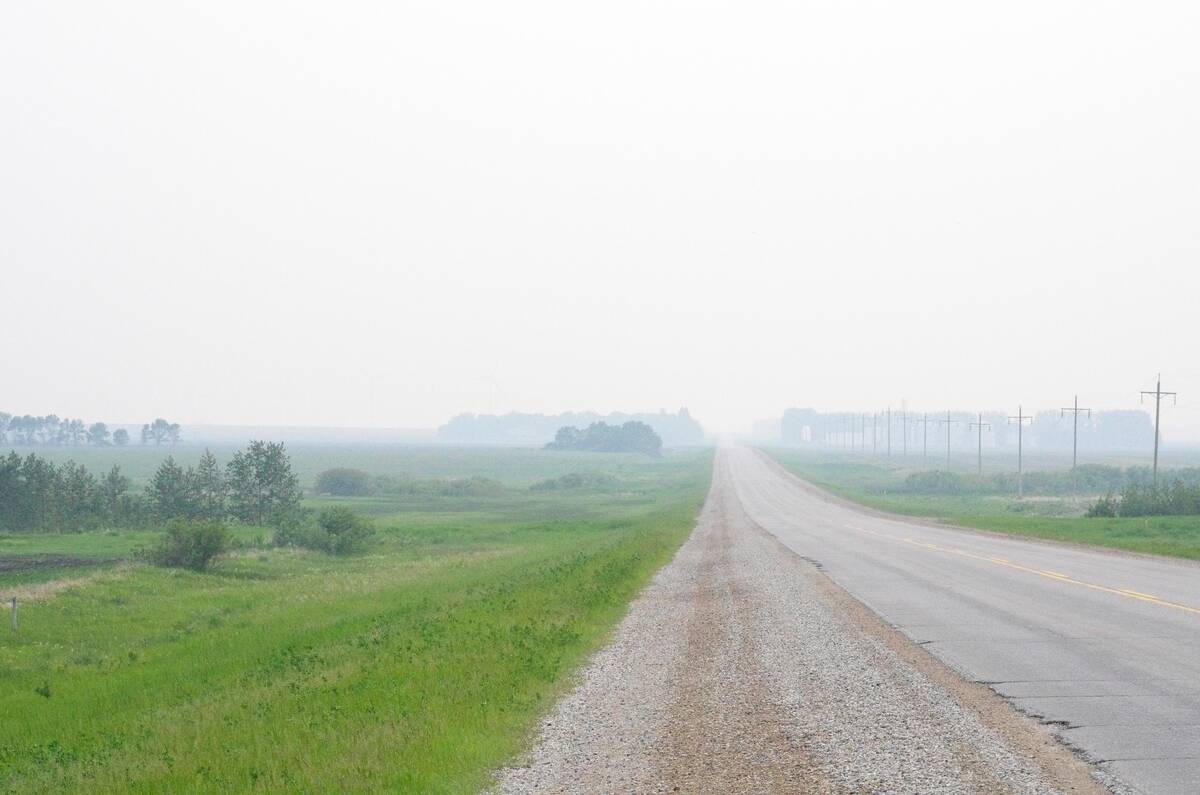
Effect of wildfire smoke on respiratory health in beef cattle
Of all domesticated species, cattle have the smallest relative lung capacity, making them particularly vulnerable to wildfire smoke.
Unfortunately, some strains can be pathogenic to humans, wreaking havoc with the gut and urinary system. Harmful strains, such as STEC (Shiga toxin-producing E. coli) and O157:H7 stand out as E. coli “bad boys.”
Preventing E. coli infections depend on four primary rules:
- Strict attention to cleanliness
- Keeping food ingredients separate
- Proper cooking
- Proper refrigeration
The major pediatric outbreak of E. coli in Calgary appears to have originated in a kitchen that makes meals for nursery children. There are now 348 lab-confirmed cases of E. coli in the city following an outbreak at Calgary daycares, Alberta Health Services said in an update. Those figures include 27 lab-confirmed secondary cases (human-to-human spread).
The reservoir of this pathogen is often cattle. In addition, other ruminants such as sheep, goats and deer are considered significant reservoirs. Other mammals such as pigs, horses, rabbits, dogs and cats, and birds such as chickens and turkeys, have been found infected. E. coli O157:H7 is transmitted to humans primarily through consumption of contaminated foods, such as raw or under- cooked ground meat products and raw milk. Fecal contamination of water and other foods, as well as cross-contamination during food preparation from contaminated surfaces are also means of transmitting infection. Examples of foods implicated in outbreaks of E. coli O157:H7 include undercooked ham- burgers, dried cured salami, unpasteurized fresh-pressed apple cider, yogurt and cheese made from raw milk, and leafy vegetables irrigated with contaminated water.
Up to 350 cases were associated with the Calgary outbreak. At one point, nine patients were hospitalized with hemolytic uremic syndrome. At least seven daycares are under closure orders. Deficiencies noted to date include:
- Sanitation issues
- Pest (cockroach) infestations
- Partisan decisions made by inspection staff
- Transport of food from the central kitchen to daycares around the city at unsafe temperatures
- Breakdown in public health inspections with little or no record of compliance
Person-to-person contact is an important mode of transmission through an oral-fecal route. Asymptomatic carriers have been reported. The duration of excretion of STEC is about a week or less in adults but can be longer in children. Visiting farms and other venues where the general public might come into direct contact with farm animals has also been identified as an important risk factor for STEC infection.
The first hint of what information samples collected during the massive Calgary outbreak might have yielded about the pathogenic strain of E. coli came via late-night news in late September. “Public health investigators and scientists in Alberta are working like detectives,” said Dr. Siyun Wang, an associate professor of food safety engineering at the University of British Columbia. “Scientists continue to gather evidence and are awaiting lab test results.
“If you find the same DNA fingerprinting in the crime scene and on the suspect, then that’s the most straightforward link — the smoking gun.”
Wang and other experts say definitive answers may be hard to come by. Investigators tentatively indicated the source of E. coli in the Calgary outbreak was “meatloaf ” prepared in the main kitchen.
Note: At time of writing in late September, 21 children were still in hospital, with 20 having hemolytic uremic syndrome, a complication affecting the blood and kidneys. Seven patients were on dialysis at Alberta Children’s Hospital.






